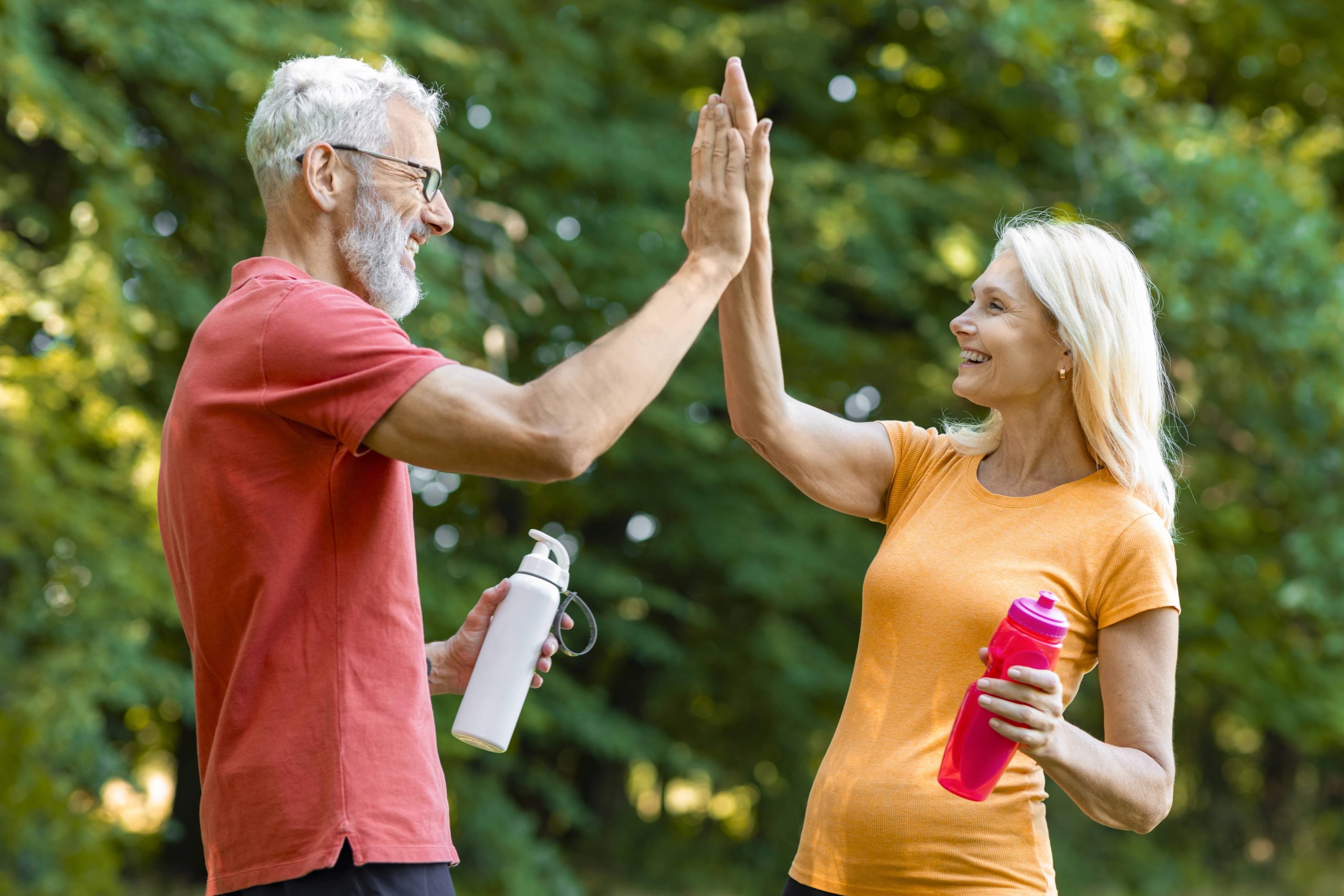
As a health blogger passionate about active aging, I’ve seen numerous training programs claiming to be the solution for older adults aiming to maintain their vitality. But sometimes, these programs miss the mark, failing to address the unique needs of older adults. Training programs often focus only on the physical aspect of fitness, leaving out key elements crucial for a holistic approach to aging. Whether you’re a trainer, a caregiver, or an older adult seeking to improve your well-being, it’s essential to understand and fill these gaps for genuine active aging.
Understanding the Multifaceted Nature of Aging
Before diving into what’s missing, it’s paramount to understand that aging is not merely a physical transformation. It encompasses psychological, social, and emotional changes as well. As we age, our bodies require more than just physical exercise to remain healthy and active. A comprehensive training program should recognize the interconnectedness of these different dimensions of aging and incorporate them into its regimen.
Missing Element 1: Cognitive Engagement
Many training programs for older adults focus primarily on physical exercises, such as strength training or flexibility exercises. However, cognitive engagement is a critical component often overlooked. The aging brain needs stimulation to maintain neuroplasticity and cognitive health.
Incorporating Cognitive Challenges:
– Dual-task Activities: Incorporate exercises that require both physical movement and mental calculations, such as walking while counting backward or performing simple arithmetic.
– Mind-body Exercises: Practices like Tai Chi and yoga not only improve physical stability but also require concentration and mental focus.
– Educational Sessions: Offer classes or workshops that stimulate learning, from new languages to musical instruments, keeping the mind agile and engaged.
Missing Element 2: Emotional Wellness
The emotional aspect of aging is frequently neglected in training programs. Emotional health is critical for overall well-being and can directly impact an individual’s motivation and commitment to a training routine.
Promoting Emotional Health:
– Social Connections: Encourage group activities, fostering a sense of community and belonging. This could be group fitness classes or club activities that bring people together.
– Mindfulness Practices: Integrate practices like meditation or guided imagery into the routine to help manage stress, anxiety, and promote emotional regulation.
– Art Therapy: Sessions that focus on creative expression can be soothing and healing, providing emotional outlets and reducing feelings of isolation or depression.
Missing Element 3: Nutrition Education
While many programs focus extensively on exercise, few provide adequate guidance on nutrition, which plays a pivotal role in aging actively. Nutritional needs change with age, and understanding these requirements can make a vast difference in health outcomes.
Incorporating Nutrition Education:
– Dietary Workshops: Offer sessions led by nutritionists focusing on the needs of older adults, addressing issues such as bone health, heart health, and maintaining muscle mass.
– Cooking Classes: Encourage participants to get hands-on experience in preparing healthy meals, emphasizing whole foods and balanced nutrition.
– Personalized Nutrition Plans: Provide customized eating plans that cater to individual health conditions, preferences, and goals.
Missing Element 4: Functional Training
Older adults often require more than traditional exercise routines. Functional training, which aims to improve the ability to perform everyday activities, is pivotal but frequently neglected in general fitness programs.
Developing Functional Fitness:
– Task-specific Exercises: Create exercise regimens that mimic daily activities, such as reaching overhead, bending, or lifting items safely.
– Balance and Coordination: Activities like balance exercises or agility drills can help prevent falls, which are a significant risk as we age.
– Adaptive Equipment: Use tools like resistance bands or balance balls that assist in improving functional strength and flexibility without the risk of injury.
Missing Element 5: Individualized Attention
One-size-fits-all programs are less effective when it comes to aging individuals, whose needs can vary greatly based on health status, personal goals, and lifestyle habits.
Personalization Matters:
– Assessment and Goal Setting: Begin with comprehensive assessments to understand each individual’s strengths, limitations, and objectives.
– Customized Plans: Develop tailored workout plans that adapt as the individual progresses, taking into account changes in health status or abilities.
– Regular Feedback and Adjustments: Maintain ongoing communication to adjust the training program as needed, ensuring that it remains effective and engaging.
Missing Element 6: Long-term Engagement
A major challenge of any training program is sustained participation. Programs need to implement strategies that ensure long-term commitment and motivation for their older adult participants.
Sustaining Interest and Motivation:
– Variety in Workouts: Regularly introduce new activities to keep the program exciting and engaging.
– Goal Celebrations: Set milestones and celebrate achievements to boost motivation and a sense of accomplishment.
– Mentorship Opportunities: Older participants who show enthusiasm and improvement can become mentors to newcomers, promoting a supportive community atmosphere.
Conclusion: Crafting the Complete Program
To truly create effective older adult training programs, we must think beyond physical fitness and embrace a comprehensive approach that includes cognitive, emotional, and nutritional elements, while prioritizing functional training, personalization, and long-term engagement. By addressing these missing elements, training programs can better serve the aging population, improving not just longevity but the quality of life as they age.
As advocates for active aging, let’s transform stereotypical training models into holistic life-enhancing experiences, fostering environments where older adults thrive, not just physically, but mentally and emotionally. Embrace the missing elements and pioneer the future of what aging can vividly represent—an era of vibrant, engaged, and fulfilling life.











